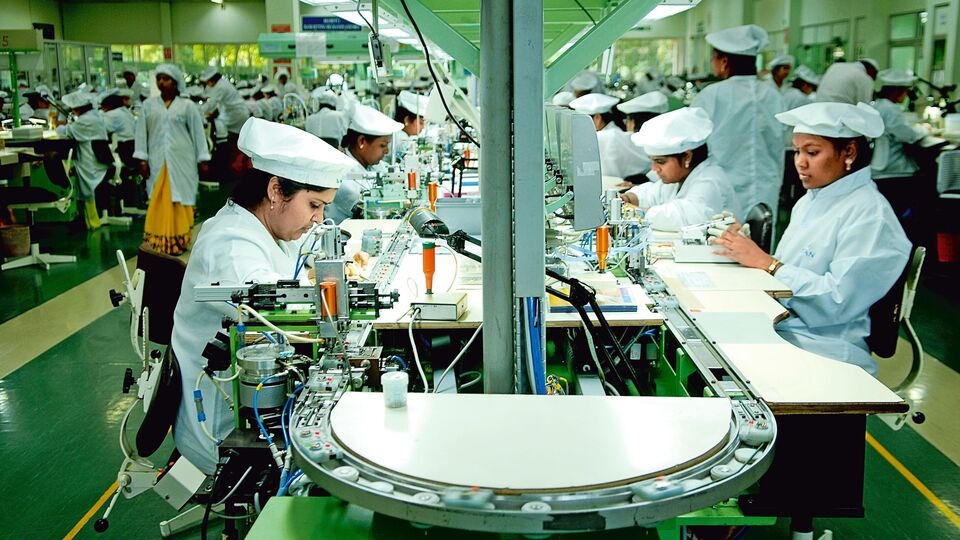India’s manufacturing sector continued to expand in September, albeit at a slightly slower pace than initially estimated. The HSBC/S&P Global final Manufacturing Purchasing Managers’ Index (PMI) for September came in at 57.7, down from the flash reading of 58.5. Despite the moderation, the index remains well above the 50-mark that separates expansion from contraction, signaling robust activity across factories.
Key Highlights:
Sustained Expansion: The final PMI reading of 57.7 marks the 28th consecutive month of growth in India’s manufacturing sector. Although lower than the flash estimate, the figure reflects continued resilience in production and new orders.
Output and New Orders: Manufacturing output rose at a solid pace, supported by strong domestic demand. However, export orders showed signs of strain amid global trade uncertainties and tariff pressures, as highlighted in the recent RBI policy statement.
Employment Trends: Hiring activity remained positive, with firms adding to their workforce to meet rising demand. The rate of job creation was modest but steady, contributing to broader economic stability.
Input Costs and Inflation: Input cost inflation eased slightly, allowing manufacturers to maintain competitive pricing. This aligns with the RBI’s observation of a “more benign” inflation outlook, with CPI forecast revised down to 2.6% for FY26.
Business Sentiment: Confidence among manufacturers remained upbeat, driven by expectations of continued demand growth and supportive policy measures. However, concerns linger over external headwinds, including trade-related uncertainties and currency fluctuations.
Sectoral Performance: Consumer goods led the expansion, followed by intermediate and capital goods. The uptick in capital goods production suggests improving investment sentiment and rising capacity utilization.
Comparative Context: India’s PMI remains one of the strongest globally, outperforming peers in Asia and Europe. The moderation from the flash estimate is seen as a technical adjustment rather than a signal of slowdown.
Policy Implications: The PMI data supports the RBI’s decision to hold rates steady at 5.50%, maintaining a neutral stance while allowing recent fiscal and monetary actions to play out. The central bank cited rising capacity utilization and improving rural demand as key growth drivers.
India’s manufacturing sector continues to be a pillar of economic momentum, even as global uncertainties cast shadows on export prospects. The slight dip in PMI is unlikely to derail the broader growth trajectory, especially with structural reforms and domestic consumption providing a strong foundation.
Sources: HSBC/S&P Global PMI Report, Reuters, Business Standard, Economic Times, RBI Monetary Policy Statement.
